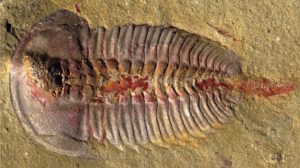
October 2017


Opening a Door to Assisted Suicide Organ Donors

Milestones of the Revolution

When Science Turns Mushy

Cheaters Never Prosper? Sure They Do in Origin-of-Life Papers

Blade Runner 2049 Poses Questions about AI Machines and Moral Value

Trouble in Paradise? At BioLogos, Theistic Evolutionists Fall Out Among Themselves

Hype and Fearmongering About Artificial Intelligence Passes Its Sell-By Date

Warm Little Pond? PNAS Paper Admits Difficulties Generating RNA on Prebiotic Earth






































